From the September 2022 issue of Apollo. Preview and subscribe here.
The triumph of ‘Cezanne’ at the Art Institute of Chicago is deep and subtle. Like many, I have for decades sought out Cézanne’s work. I did not realise how much still eluded me and would be clarified by this show of some 120 paintings, drawings and watercolours. Curators Caitlin Haskell and Gloria Groom, together with museum conservators and Natalia Sidlina from Tate Modern (where this show travels in October), have made a space in which one really learns Cézanne anew. I’ve seen the show eight times, alone and with different people, and I’ve listened to many viewers making their way through the galleries. The experience is consistent: by the end, Cézanne’s work seems to have gotten clearer: both brighter and darker, more sculptural, more profound. How has this happened? The curators have worked in ways true to Cézanne’s own governing principles. Thinking about the analogies allows their work and his to be better seen.
1. Suggestive groups. A cluster of houses on a hill, a parade of winter trees, three bathers wading, an arrangement of fruit and jars on a table. Cézanne found elements that when taken together would feel complete, while also suggesting a world beyond the group. In the very first room, the curators display five green landscapes painted over more than 30 years. This raises comparative questions: how thickly or thinly is the paint being applied, what kinds of abstraction are in play, what are the continuities over time? Trains of thought that accompany a viewer through the exhibition as a whole.
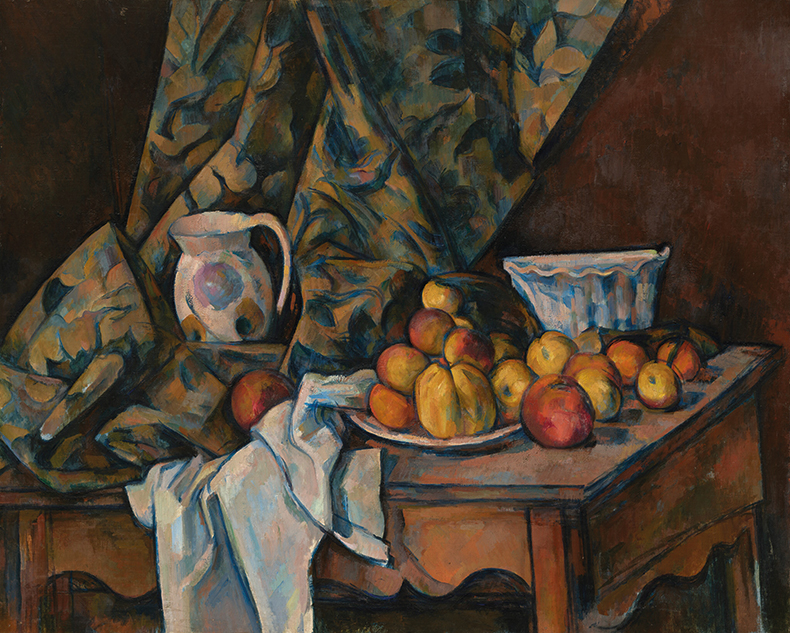
Still Life with Apples and Peaches (c. 1905), Paul Cézanne. National Gallery of Art, Washington, D.C.
2. At the same time. It is a commonplace that Cubism and other modernist movements gained courage and clarity in their efforts to show multiplicity (the facets of an object, the stream of interior consciousness) from looking at the complexity of sightlines in Cézanne. The current exhibition is designed as three sides of a rectangle. Off two long open avenues are smaller alcoves: three-sided spaces that are also quite open. The face of The Bather (1885) can be seen with, at angles in the distance, two faces of Mme Cézanne; blues from The Bay of Marseilles, Seen from L’Estaque (c. 1885) connect to blues in the next area’s mountains. The far end of the rectangle is a sequence of three spectacular still-life areas, hung in series, the same objects depicted from different points of view.
3. Reconciliations with strangeness. In Cézanne’s correspondence and in what his acolytes remembered him saying about painting, he battled with a sense of his own strangeness. But unexpectedness of figures, mismatched tables and walls, trees that fly apart are all necessary to his work. In Chicago, the difficult paintings of the 1870s – including the ones that look like flattened fashion plates, The Eternal Feminine (c. 1877) and those bathers that people always call ‘awkward’ – are given their due. The more I paid attention to these earlier works, the more the late masterpieces, with their unlevel tables, moving figures, cloth that looks like mountains and mountains that look like cloth, seem both active and at rest.
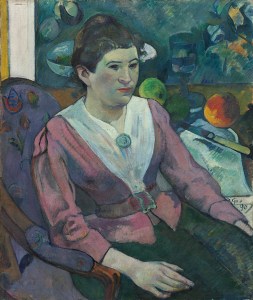
Woman in Front of a Still Life by Cézanne (1890), Paul Gauguin. Art Institute of Chicago
4. Genres open. Cézanne painted landscapes, still lifes and portraits, but didn’t insist that certain genres were for expressing certain ideas. Throughout, the exhibition combines genres in witty and revelatory ways, so that figure studies of bathers lead to both portraits and landscapes, and paintings of houses move toward paintings of the people who might be within them. The Museum of Modern Art’s great Still Life with Fruit Dish (1879–80) is placed next to Gauguin’s Woman in Front of a Still Life by Cézanne (1890), which shows a woman in front of that very still life with the fruit dish. When Gauguin repainted Cézanne’s still life in the background, it completely overtook his human subject in the foreground.
5. Material and medium. Cézanne thought in paint and in watercolour. A room of late watercolour studies of cyan jugs and fruit, done between 1900 and 1906, draws attention to the other watercolours judiciously placed throughout the rest of the show. With similar care, the curators have taken the acute accent off Cézanne’s surname – a gussying up that he didn’t use himself – and they have also removed the varnish from all seven of the Art Institute’s own brilliant paintings, which anchor key moments in the show.
6. Other artists. Cézanne fought certain influences, but also worked diligently at the Louvre and learned from his contemporaries, especially Camille Pissarro whom he painted alongside. Painters, in their turn, have loved his work with special feeling and it is illuminating to learn from the wall texts which paintings belonged to Claude Monet, to Edgar Degas, which do belong to Jasper Johns. There is a trio of late bathers at the very end of the exhibition: one owned by Henry Moore, one by Henri Matisse, one by Pablo Picasso. So many 20th-century ideas about the figure are in those three paintings. The exhibition has also asked contemporary artists to write short reflections on certain works. Not all of these are persuasive, but they are serious.
7. Return. We know that Cézanne painted certain subjects over and over: his wife (29 times), the ginger jar, the mountain. The artist Julia Fish, who has written one of the wall texts, pointed out to me how the late still lifes in the middle of the exhibit resonate with the still lifes of skulls shown in the final space. On the same maroon flowered cloth, instead of vases, there are skulls. And, when I have seen the show, the unforgettable effect of three rose-hued Mont Sainte-Victoires lined up on a central wall, or three Bays of l’Estaque in their blue-and-ochre glory beautifully recalled the three late abstract views of trees with which the exhibition opens.
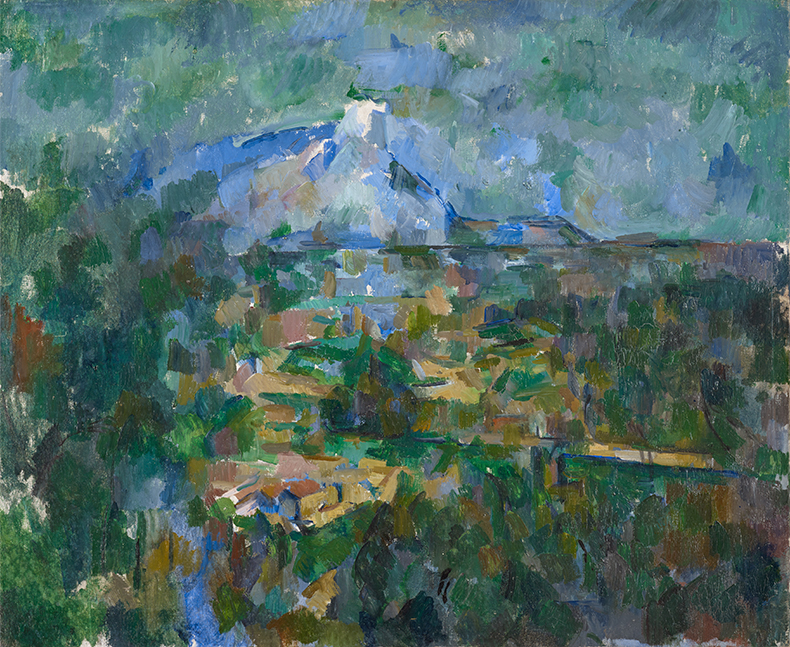
Mont Sainte-Victoire, Seen from Les Lauves (1904–06), Paul Cézanne. Kunstmuseum Basel
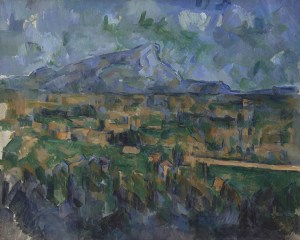
Mont Sainte-Victoire (1902–06), Paul Cézanne. Philadelphia Museum of Art.
8. Lateness. Cézanne seemed to arrive a little after his contemporaries; his grasp of his own belatedness became a part of his mastery. One of the many historic achievements of this exhibition is to bring forward, as a real star, the period from 1902–06, the last four years of Cézanne’s painting life, during which his palette darkened with a deep sea-green, maroon, heavier ochres, darker blue and some oddly bright magentas and violets. The loans of wonderful late portraits, bathers, and watercolours, the splendid Still Life with Apples and Peaches (c. 1905), and the elusive and victorious mountain pair of Mont Sainte-Victoire, Seen from Les Lauves (1904–06) and Mont Sainte-Victoire (1902–06) have been a particular gift.
I write this late in the summer and I have but few chances of return. Still, for these months, I have been closer to Cézanne’s way of seeing, and the works stand in my mind like mountains, shifting to endure.
‘Cezanne’ is at the Art Institute of Chicago until 5 September. It opens at Tate Modern on 5 October.
From the September 2022 issue of Apollo. Preview and subscribe here.
Unlimited access from just $16 every 3 months
Subscribe to get unlimited and exclusive access to the top art stories, interviews and exhibition reviews.

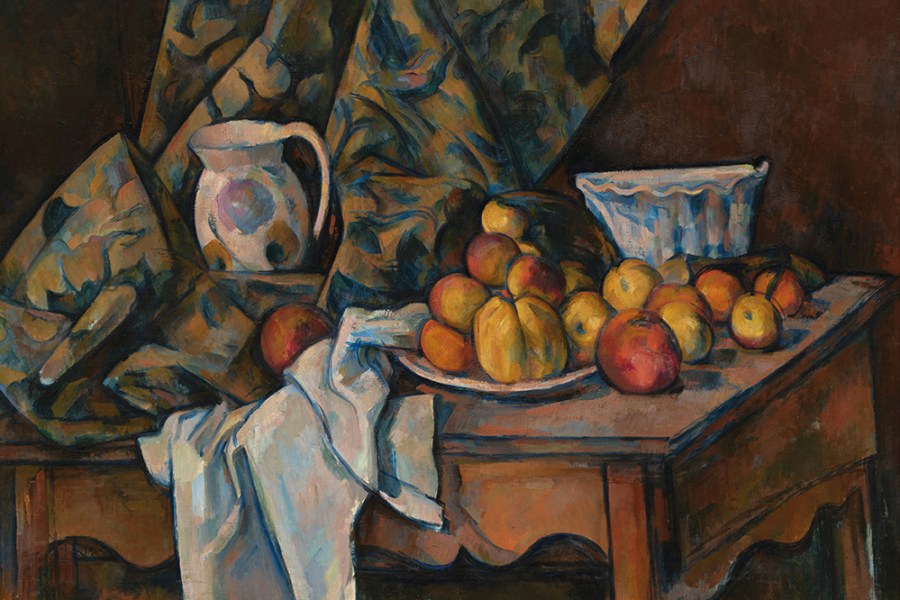

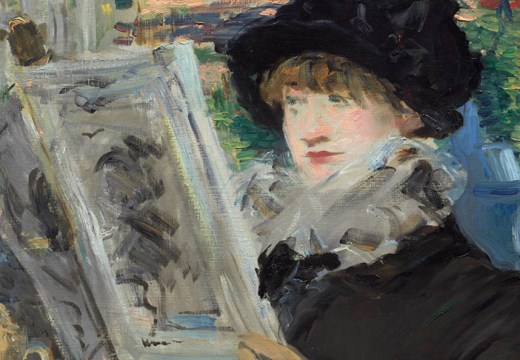
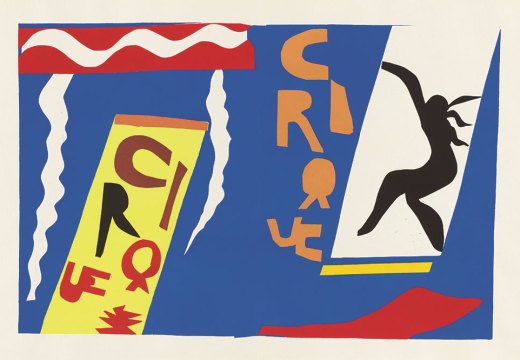









![Masterpiece [Re]discovery 2022. Photo: Ben Fisher Photography, courtesy of Masterpiece London](http://www.apollo-magazine.com/wp-content/uploads/2022/07/MPL2022_4263.jpg)
It’s time for the government of London to return to its rightful home